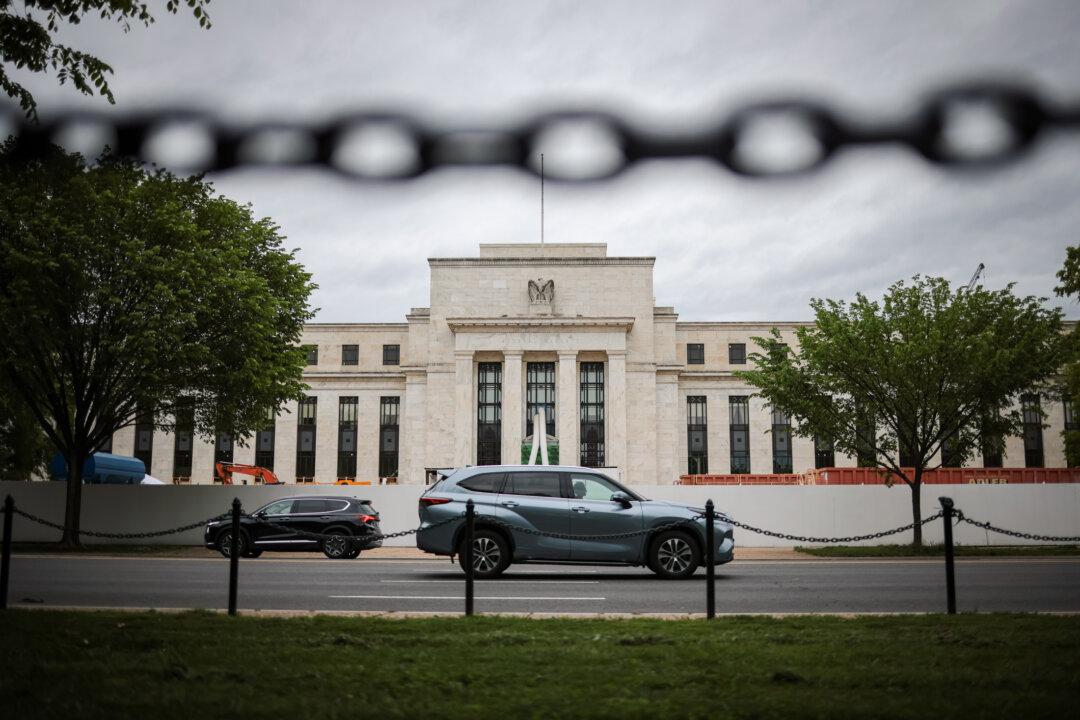Commentary
The U.S. CPI data released last week met expectations completely, whether overall or core, year-over-year (YoY), or month-over-month (MoM). Expectations are not anything important but numbers submitted by economists. What matters more is the trend. While the overall numbers are falling thanks to subdued energy prices, the core ones are somehow mixed. The latest MoM core inflation accelerated from 0.2 percent to 0.3 percent, despite the YoY number falling, owing probably to a rising base a year ago. Such base effect will last until March.





